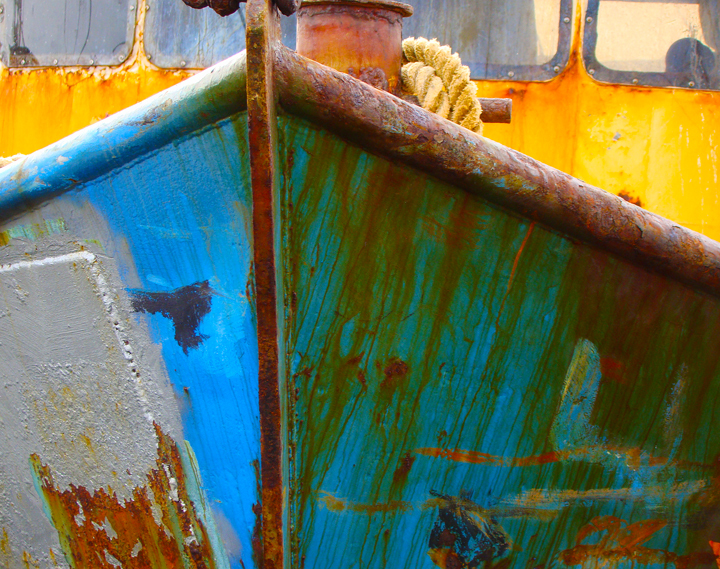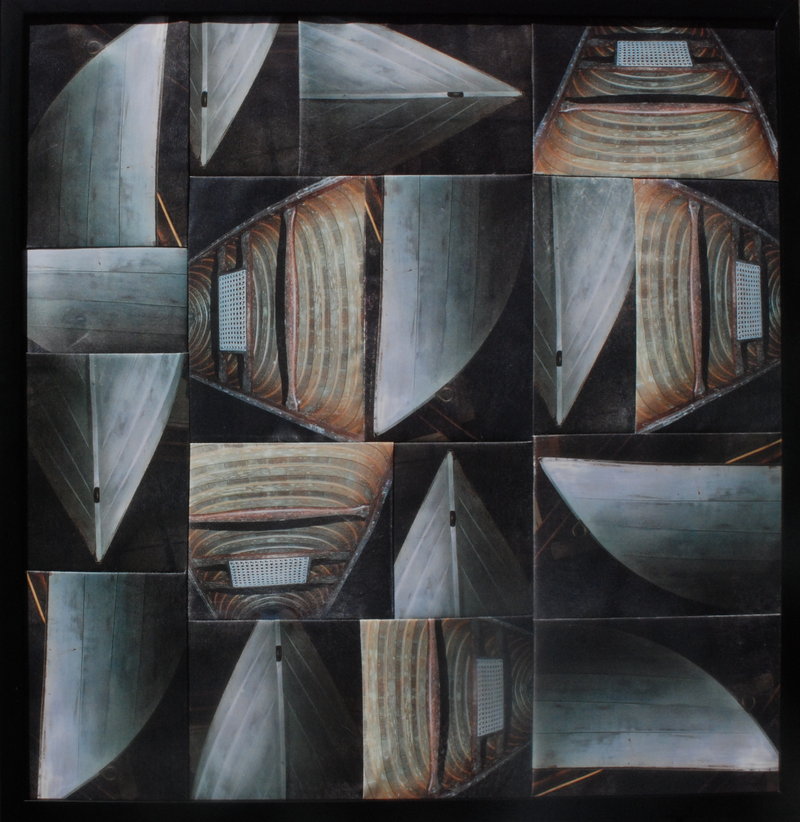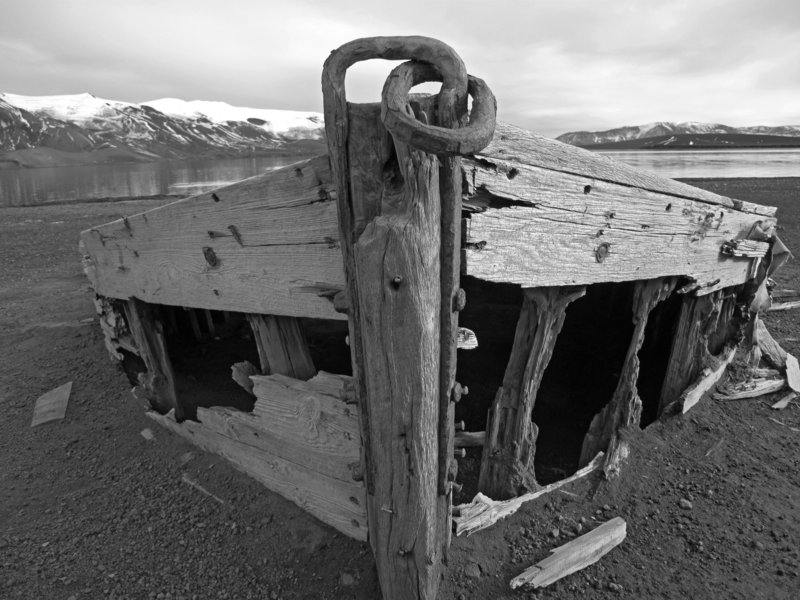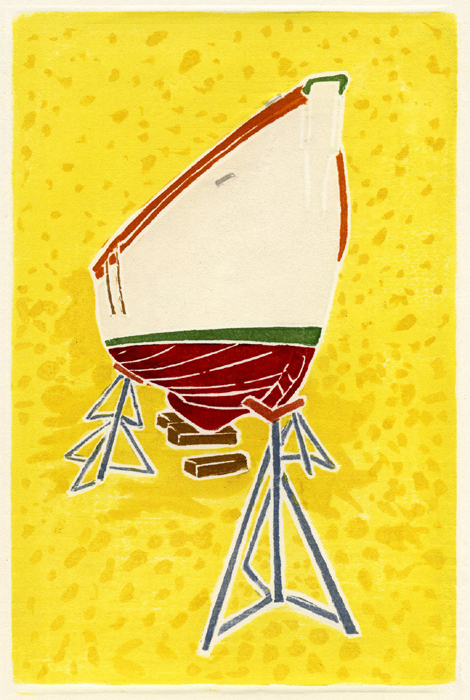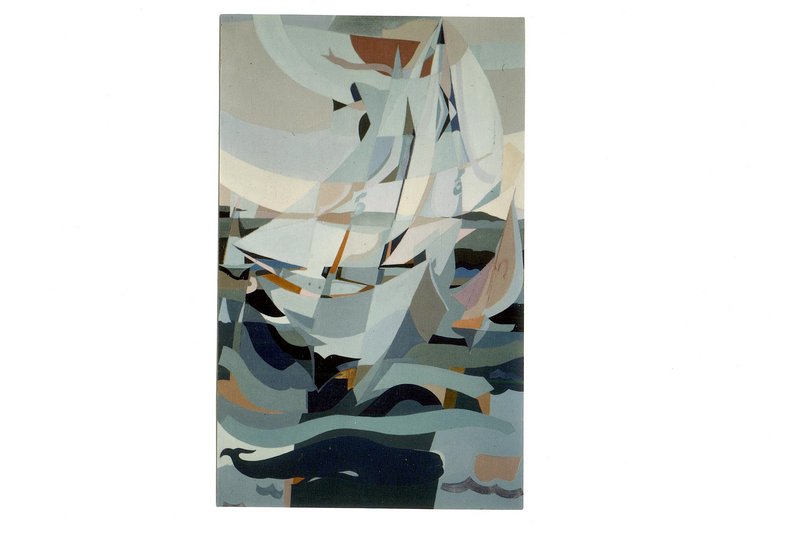SEARSPORT — There is nothing more aesthetically pleasing than the lines of a boat.
Artists rarely do as good a job depicting the elegant grace of the bow or the curves of the hull as the builder had in mind when he created it.
Revered 19th-century English art critic John Ruskin ruminated on the idea. He wrote: “But one object there is still, which I never pass without the renewed wonder of childhood, and that is the bow of a boat. Not of a racing-wherry, or revenue cutter, or clipper-yacht, but the blunt head of a common bluff, undecked sea-boat, lying aside in its furrow of beach sand.
“The sum of navigation is in that. You may magnify it or decorate it as you will; you do not add to the wonder of it. Lengthen it into hatchet-like edge of iron, strengthen it with complex tracery of ribs of oak, carve it and gild it till a column of light moves beneath it on the sea, you have made no more of it than it was at first. That rude simplicity of bent plank, that can breast its way through the death that is in the deep sea, has in it the soul of shipping. Beyond this, we may have more work, more men, more money; we cannot have more miracle.”
The Penobscot Marine Museum at Searsport features an exhibition that celebrates the miracle of the boat. “The Art of the Boat,” a juried exhibition of contemporary art, is on view in the museum’s Main Street gallery through Oct. 23.
More than 50 contemporary painters, illustrators, sculptors, printmakers, modelers and photographers explore the theme in works ranging from the literal and pictorial to the abstract and symbolic.
The exhibit is presented in honor of the late George Wasson, a museum founder. Author of the classic “Sailing Days on the Penobscot,” Wasson was a skilled boatbuilder, sailor and painter, said Bob Holtzman, the museum’s communications director.
It seemed somehow appropriate in this, the museum’s 75th year, to honor its roots and traditions with an exhibition of contemporary art focusing on the beauty of the boat.
Artists submitted more than 300 pieces for the show, and a jury of three selected 51. Jurors were Polly Saltonstall, collector and museum trustee; Carl Little, a Maine arts writer and critic; and Bob Stephens, a yacht designer. Benjamin Fuller, the museum’s curator, worked with the jurors during the selection process and hung the show.
The idea came from an exhibition Fuller saw last year at the Dowling Walsh Gallery in Rockland. The gallery showed the work of British artist James Dodds, who paints images of boats that sometimes look like detailed building plans.
The Penobscot show honors the idea that the boat itself is a work of art, and the designer every bit the artist as the artist himself.
“The Art of the Boat” impresses with its depth and variety. In addition to paintings and photographs, it includes models, half-hull reliefs, sculpture in wood and stone, and mixed-media pieces.
The exhibition offers water views of classic boats. “North Haven Dinghies,” an oil-on-canvas painting by Sam Minot, depicts a half-dozen simple dinghies with sails aloft moving quietly through soft water.
“Great South Bay Catboats,” a color photograph by Benjamin Mendlowitz, isolates the bow of a boat cutting through the water. The photographer calls our attention to the gentle curvature of the bow, the refined deck and the detail to craftsmanship that went into the boat’s construction. We know that this is not just a boat we’re looking at, but a cherished possession that is a source of pride for its owner.
John Lorence’s oil-on-canvas “The Whaler” offers an almost abstract impression of a ship under sail in rough seas. Lorence uses a swirl of brush strokes to represent the wind and the sail fully engaged, and suggests the shape of the boat with a few rigid lines emerging from the waves.
Terry Hire’s photograph “Galilee Prelude” is all about shape and color. The vantage point is just about dead-on in front of the bow, looking aft. He shows the rusted hull of a battered fishing vessel, its true colors of aqua blue and yellow deadened by rust and wear. The hull is scraped, patched and welded.
Similarly, John Hidgon’s “Whaling Boat Skeleton” suggests a step back into the days of the Vikings. His black-and-white photo is from a similar vantage — from the bow, looking aft. The boat is a mere shell of itself, its wooden planks rotted and open to the elements. It stands upright on the beach, but it’s only a matter of time before the shell collapses into itself.
Fuller is pleased the jurors chose such a variety of work.
“What I like about it is the mix in media,” he said. “I was concerned that it would be all photography. I like the variety in how the artists looked at the challenge of depicting the art in the boat. There are not many conventional marine paintings or photos. Focus for the most part is on the shapes, details and, in some cases, the color.”
Collectively, those elements transform a boat from a mere function into something more pleasing altogether.
Staff Writer Bob Keyes can be contacted at 791-6457 or:
bkeyes@pressherald.com
Twitter: pphbkeyes
Send questions/comments to the editors.


